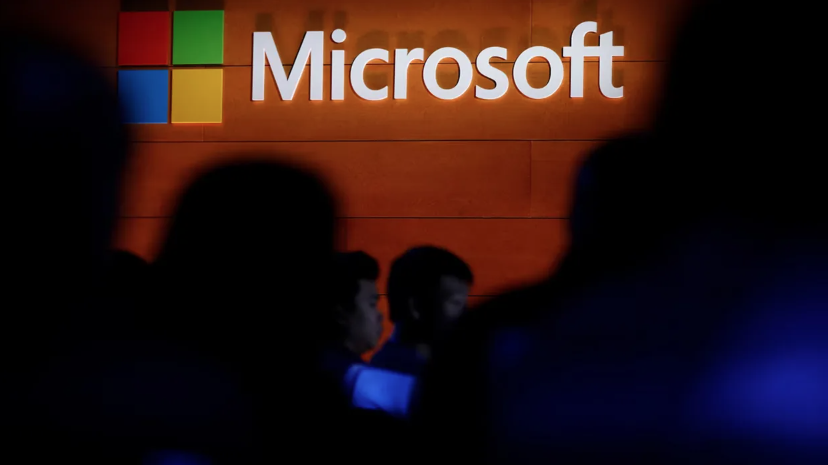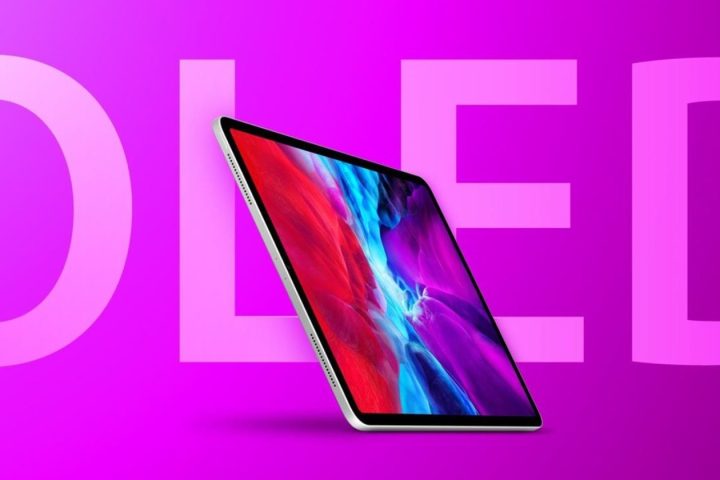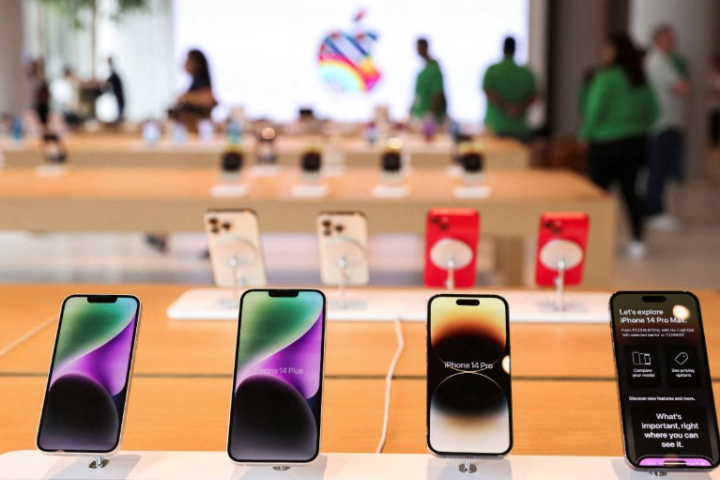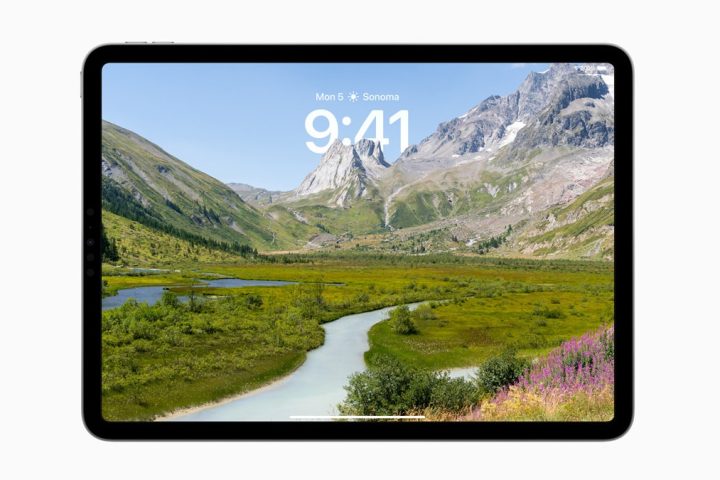This is a very old story of rivalry. Or rather, the story of a race that almost ceased to be a rivalry and became a race again. On Thursday, Microsoft’s market capitalization overtook Apple’s, albeit briefly, and the software giant took over the title of ‘world’s most valuable company’. Apple has been alone at the top for far too long, so how did the ‘stodgy and out-of-shape’ Microsoft manage to bounce back?
Yes, Microsoft is at the center of the AI excitement. Yes, Apple has not caught the AI wave. And yes, iPhone sales in China are worrying. But the answer is not as simple as three yeses.
- What’s inside the Apple Vision Pro box?
- Nuclear battery developed that can generate power for 50 years without recharging
40 years of racing
We are talking about two companies that have been rivals since the 1980s. Back then, Steve Jobs accused Bill Gates’ Windows of stealing the ‘look and feel’ of Macintoshes. But the courts disagreed and Microsoft dominated the PC market for many years. Unable to cope with windows, Apple would come through the door with a revolution called the iPhone. Putting a touchscreen handheld computer in everyone’s hands (that we occasionally call someone on), Apple overtook Microsoft in market value in 2010. Cloud technology, powered by remote working during the pandemic, caused Microsoft to overtake Apple several times. However, in 2011, Apple lost Steve Jobs’ ‘one more thing’, and although it occasionally downshifted on the product side, it managed to regain its seat every time with its unique marketing capability.
What was done right?
So will Microsoft’s latest move be permanent? To answer this question, it is worth taking a closer look at Microsoft’s moves and strategies in recent years.
CEO: First of all, the company did not repeat the mistakes of the giants that once dominated the industry and then went into decline; it did not become a prisoner of its own successful past, but aimed to build on its strengths. CEO Satya Nadella, who took over in 2014, was the architect of this strategy. During Nadella’s tenure, Microsoft’s market capitalization increased by nearly 2 trillion dollars.
Company culture: Nadella’s Microsoft has become a more flexible company. Windows is no longer the focus of the business. Microsoft applications can run on all operating systems, including Macs. ‘open source’ and ‘free software’, concepts that were once not even proposed to be said aloud in the Microsoft building, have become highly valued.
Mistakes learned from: When Steve Ballmer entered the smartphone business with the acquisition of Nokia in 2013, he billed it as ‘a bold step into the future’. It was certainly a bold step, but bitter experience has shown that there is no future for Microsoft’s DNA. Nadella distanced himself from that future by laying off 7,800 people. Instead of competing with Apple, Google and Samsung for phones, he focused on building apps and software for enterprise customers. Nadella’s major acquisitions were in line with this vision. In 2016, he bought LinkedIn, a social network for professionals, for $26.2 billion and GitHub, an open software platform, for $7.5 billion.
Cloud: The company reorganized around Azure and moved major programs like Office to the cloud. Azure sales are estimated to account for about a quarter of annual revenue of $212 billion. And using Azure as the infrastructure for Microsoft’s other businesses has helped spread costs, simplify operations and boost profits.
Other revenue streams: Old friend Microsoft 365 brings in about a quarter of revenue. Cybersecurity, which brings in 10 percent of revenue, is bigger than the big five companies whose only business is cybersecurity. The video game side, which brings in $15 billion a year, has skyrocketed in potential with the acquisition of Activision Blizzard.
Artificial intelligence: What ties all this together and makes it meaningful is the investments in artificial intelligence. You know the OpenAI move in 2016; $13 billion was paid for a 49 percent stake. This deal not only allows Microsoft to use OpenAI’s technology, but also stipulates that OpenAI’s models and tools run on Azure. This means that OpenAI’s customers become indirect customers of Microsoft (we saw how the company has power over OpenAI in the Sam Altman drama). Microsoft’s AI push is not limited to OpenAI. Nadella has acquired 15 AI companies in the process.
Microsoft has two major advantages over its competitors in the AI universe.
Product diversity and centralization: Being able to set up a structure where many tasks can be requested from a single chatbot. It is not practical or cheap to use different AI programs for each process.
Being first: The fact that ChatGPT became the tool that introduced AI to the end user made the advantage of Microsoft’s investment in it that much more apparent.
Copilot: All this increases Copilot’s chances of success compared to competing tools. In fact, the term copilot is so popular in tech circles that it has become shorthand for an AI assistant, whether it is provided by Microsoft or not. (A kind of Kleenex)
In short, Microsoft is clearly on a good path. The company that once made Bill Gates rich by encouraging millions of office workers to fill in Office programs is now on the rise by promising to do white-collar Office work for them. Today’s leverage may be enough to defeat fierce competitors on the AI journey. But the company’s claim to be the most valuable, built on that advantage, is still too fragile to afford a mistake.





